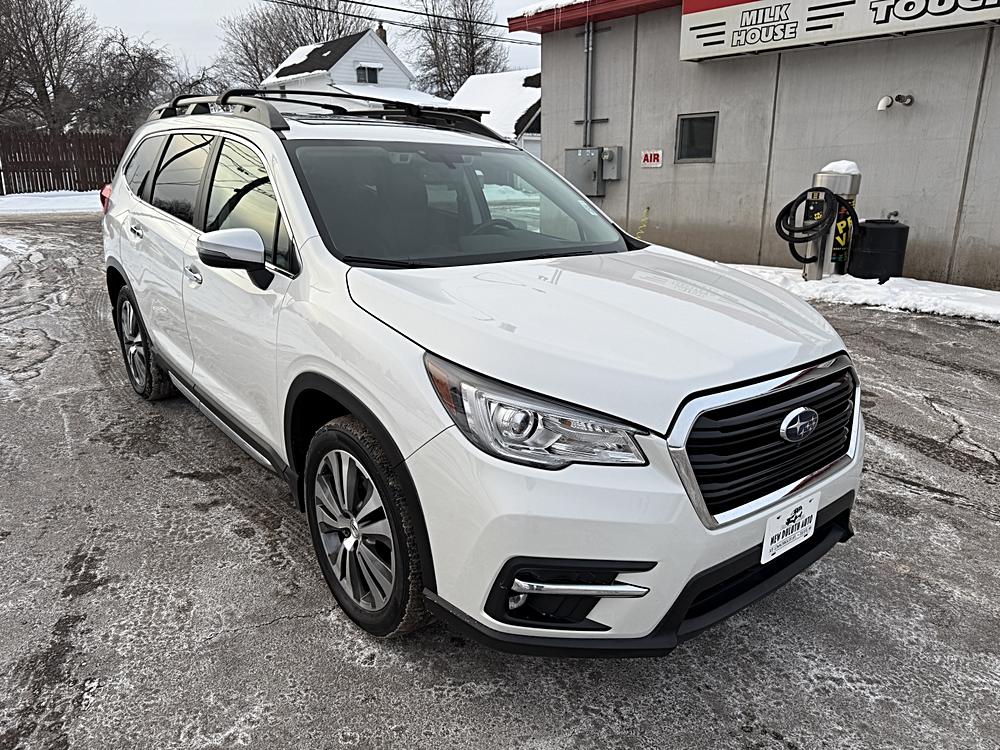- June 12, 2025
- 7:15 pm

Car safety is a top priority for car buyers, and understanding car safety ratings is crucial in making informed decisions when purchasing a vehicle. In this ultimate guide, we will delve into the nuances of car safety ratings, exploring how they are determined, the different types of ratings available, key factors considered, and how consumers can interpret and utilize this information effectively. Let’s unravel the mystery behind car safety ratings and their significance in ensuring the safety of drivers and passengers on the road.
What Are Car Safety Ratings?
Car safety ratings are assessments that evaluate the safety performance of vehicles in various crash scenarios and other safety-related aspects. These ratings are designed to provide consumers with valuable insights into the safety features and crashworthiness of different vehicles. Understanding car safety ratings is essential as they serve as a benchmark for comparing the safety levels of various makes and models in the market.
Types of Car Safety Ratings
There are several organizations worldwide that conduct car safety tests and provide safety ratings. Some of the most reputable organizations include:
- National Highway Traffic Safety Administration (NHTSA)
- Insurance Institute for Highway Safety (IIHS)
- European New Car Assessment Programme (Euro NCAP)
Each of these organizations has its own testing protocols and criteria, but they all aim to assess and communicate the safety performance of vehicles to the public.
Factors Considered in Car Safety Ratings
When determining car safety ratings, several key factors are taken into account to evaluate a vehicle’s safety attributes thoroughly.
Crash Tests
Crash tests play a pivotal role in assessing a vehicle’s crashworthiness. These tests simulate various collision scenarios to evaluate how well a vehicle can protect occupants in the event of an accident. Common crash tests include frontal impact, side impact, and rollover tests.
Safety Features
The presence of advanced safety features in a vehicle significantly impacts its safety ratings. Features such as airbags, antilock braking systems (ABS), electronic stability control, and adaptive headlights contribute to enhancing a vehicle’s overall safety performance.
Advanced Technologies
Advancements in technology have led to the development of innovative safety systems that aim to prevent accidents and mitigate their severity. Technologies like automatic emergency braking, lane departure warning systems, adaptive cruise control, and blind-spot detection play a crucial role in improving a vehicle’s safety ratings.
How to Interpret Car Safety Ratings
Interpreting car safety ratings can empower consumers to make informed decisions when choosing a vehicle that prioritizes safety. Understanding how safety ratings work and what they signify is key to selecting a vehicle that meets your safety requirements.
Understanding Safety Rating Scores
Safety rating scores typically range from one to five stars, with a higher star rating indicating better safety performance. Consumers should pay attention to the specific crash tests conducted and the safety features assessed to comprehend the overall safety level of a vehicle.
Using Safety Ratings in Car Buying
When shopping for a new vehicle, consumers should consider safety ratings as a critical factor in their decision-making process. By comparing the safety ratings of different vehicles, buyers can choose a car that offers optimal protection for themselves and their passengers.
Importance of Car Safety Ratings for Different Consumer Groups
Car safety ratings hold varying degrees of significance for different consumer groups, influencing their preferences and choices when selecting a vehicle.
Impact on Families
For families, prioritizing safety ratings is paramount as it ensures the well-being of all family members, especially children. Choosing a vehicle with high safety ratings can provide peace of mind and added protection in various driving conditions.
Relevance to First-Time Buyers
First-time buyers may lack experience in assessing vehicle safety aspects, making safety ratings a valuable tool in guiding their purchase decisions. Opting for a vehicle with top safety ratings can instill confidence and ensure a secure driving experience for novice drivers.
Consideration for Eco-Conscious Shoppers
Eco-conscious buyers who prioritize sustainability also prioritize safety when selecting a vehicle. By opting for a car with excellent safety ratings, eco-conscious shoppers can align their values with the vehicle’s safety and environmental performance.
The Future of Car Safety Ratings
As technology continues to advance and consumer preferences evolve, car safety ratings are expected to undergo significant changes in the future.
Predictions on how car safety ratings may evolve include:
- Integration of more advanced driver-assist technologies
- Inclusion of new safety testing protocols
- Enhanced focus on pedestrian and cyclist safety
The evolution of car safety ratings will continue to prioritize innovation and excellence in vehicle safety standards, ensuring that drivers and passengers are protected to the highest degree possible.
At New Duluth Auto, we prioritize the safety and satisfaction of our customers. If you’re in the market for a safe and reliable vehicle, contact us at (218) 310-6626 or email us at newduluthauto@yahoo.com. Our team is dedicated to helping you find the perfect vehicle that meets your needs and exceeds your expectations.



